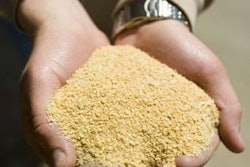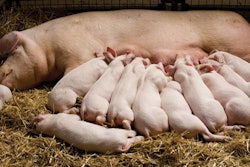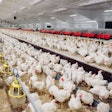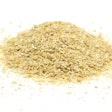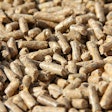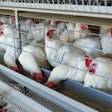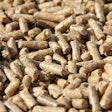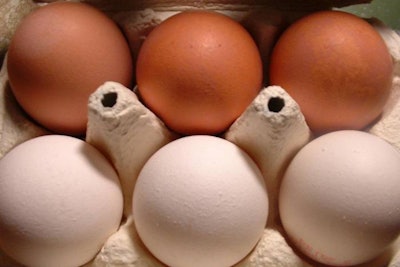
Other nutrients must be considered when evaluating or designing a layer feeding program.
The role of calcium on eggshell quality has been discussed often and it is well known, or it should be. Nevertheless, most cases of inferior eggshell quality refer back to calcium, but calcium is not always the only aspect that determines eggshell quality. Below is a very generalized discussion of other nutrients that poultry nutritionists take into account when examining an existing layer feeding program or designing a new one from scratch.
Macro minerals
Apart from calcium, the second most discussed macro minerals is phosphorus. This mineral should be fed at the minimum possible level so as not to interfere with calcium. Minimal levels of chlorine should also be employed, but for other reasons, and especially during the warm months of the year. This is a reason sodium bicarbonate is often added in layer diets. Magnesium is often forgotten, but recent research has indicated that better eggshell quality can be achieved with higher levels of magnesium. Finally, the role of potassium remains unclear, but with low-protein diets, potassium tends to be rather low, which certainly affects the electrolyte balance.
Micro minerals
Little attention has been paid to this category of nutrients, perhaps because we tend to over formulate well above animal requirements. However, we should not forget that minerals, macro (above) and micro ones, tend to interact and or antagonize among themselves in a matrix that is way too complex for this discussion. So, using the correct trace mineral levels for layers is not as simple as it would be, for example, for broilers.
Phytase
This enzyme, which releases phosphorus from phytate (a good thing), also releases other molecules or enables enzymatic access to otherwise hard-to-reach nutrients. Some released nutrients may be beneficial, but others might not be. In truth, the role of phytase in eggshell quality remains a field of research that could benefit from some extra attention, especially as phytase also releases some calcium and this might bring total calcium over the limit for older hens.
Organic acids
Some, but not all, organic acids help in better digestion of dietary calcium. This is usually employed in final feeds for aging hens, but I prefer to use lower levels of total calcium with an organic acid from the beginning. This approach reduces the strain on calcium digestion, absorption and metabolism and avoids the usual eggshell deterioration in aging hens.
Vitamins
We know vitamin D is essential for efficient absorption of calcium, but overdosing with this vitamin does not mean we maximize such efficiency. So, there is an optimum level, as with everything. In addition, other vitamins are needed, again for aging hens, when liver damage (from excessive calcium metabolism) starts to cause problems in overall productivity.



